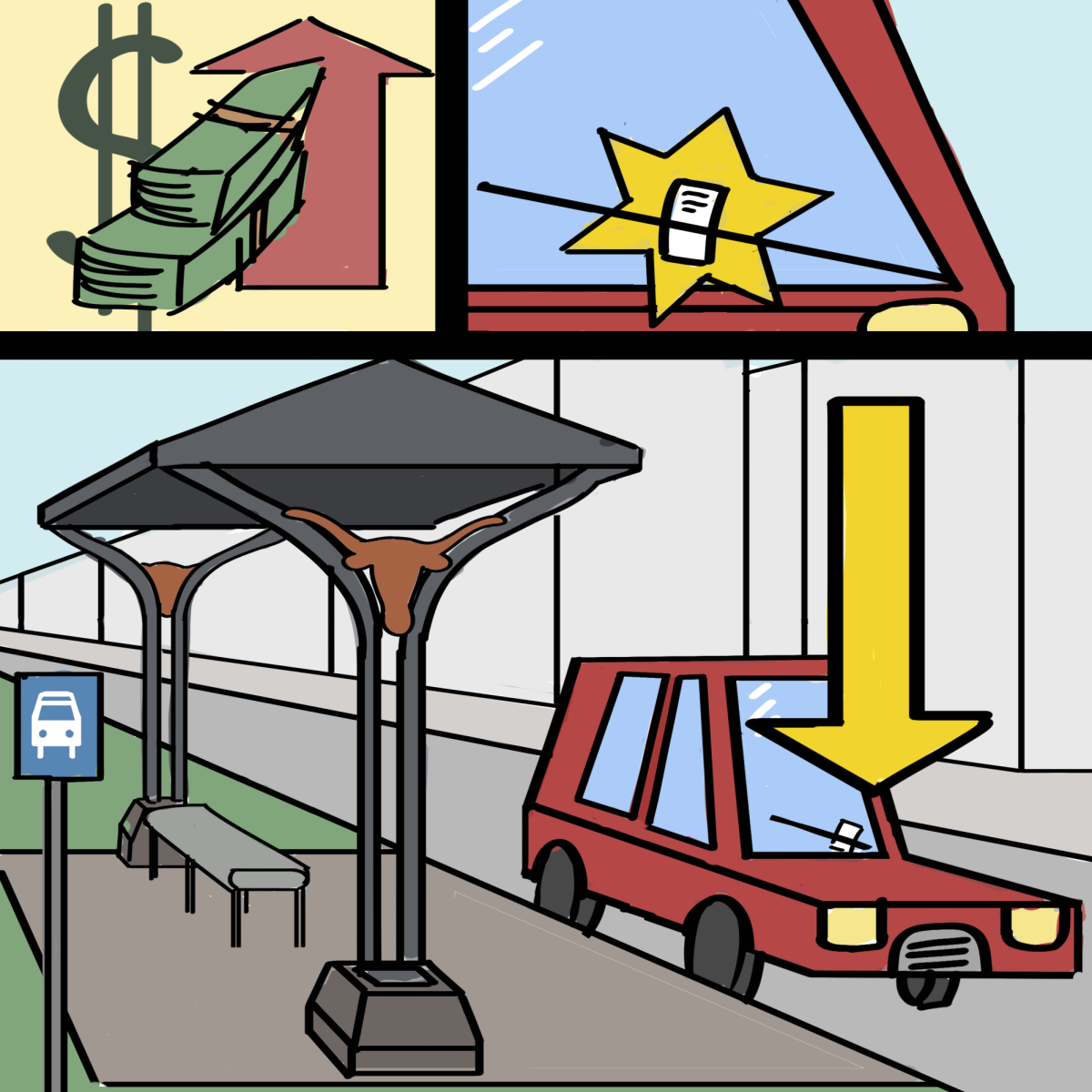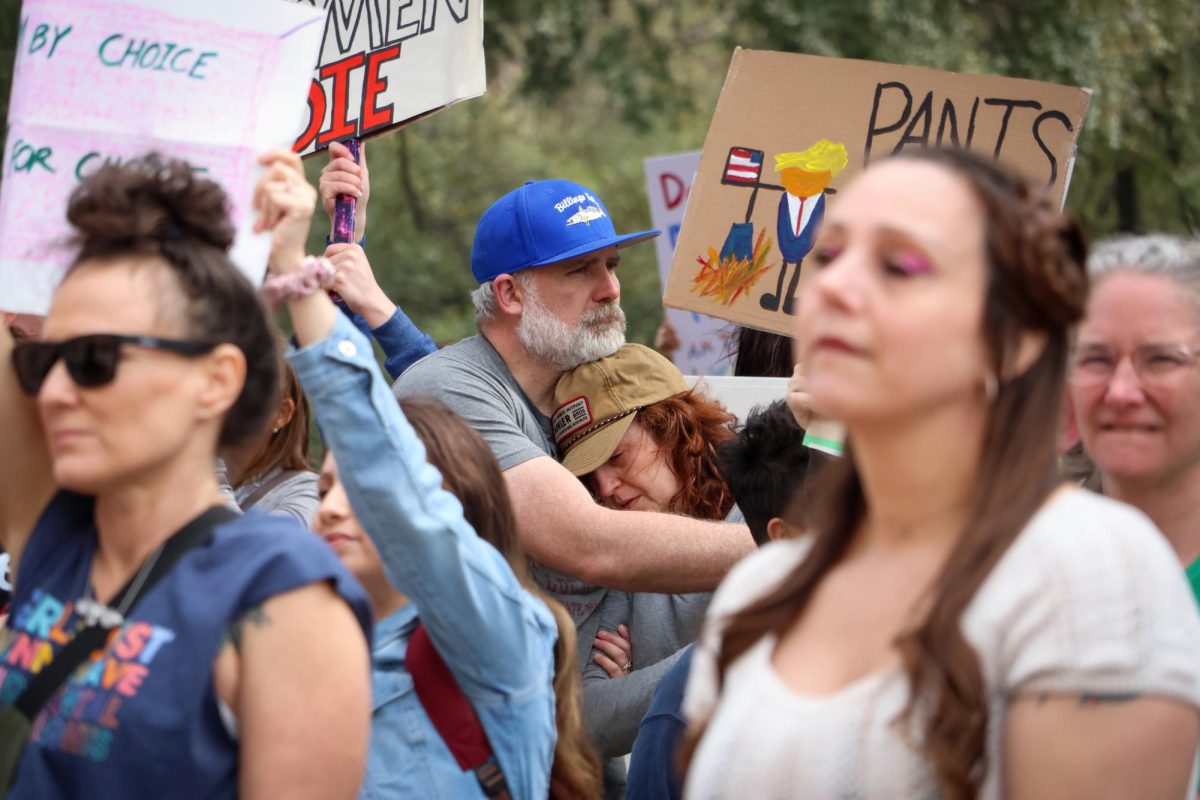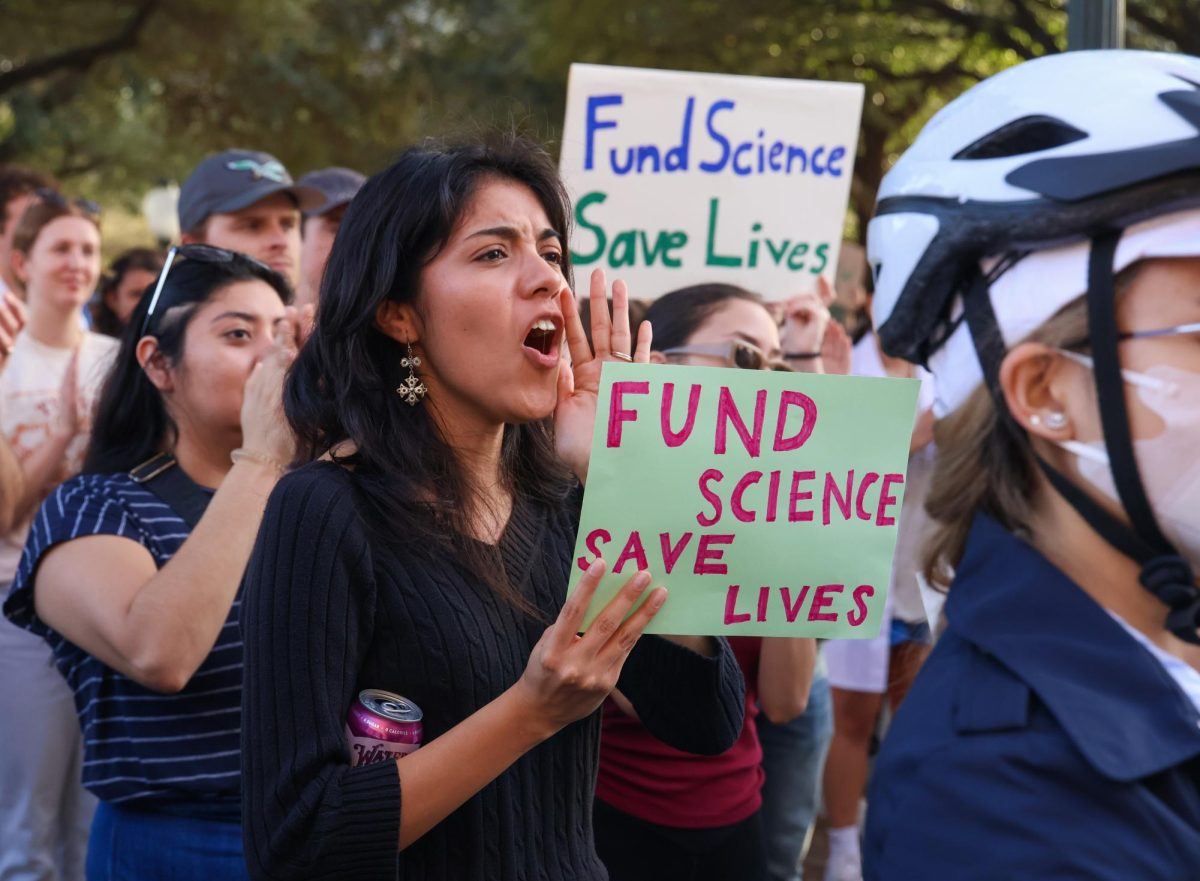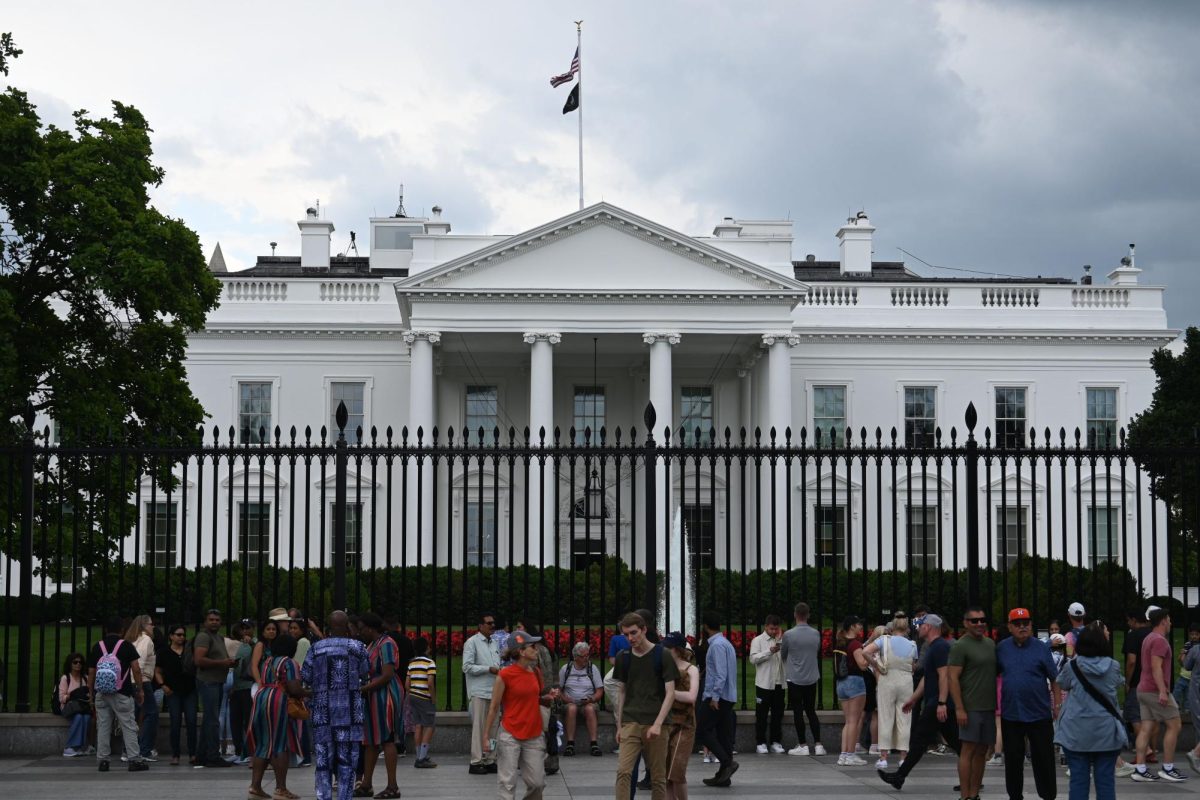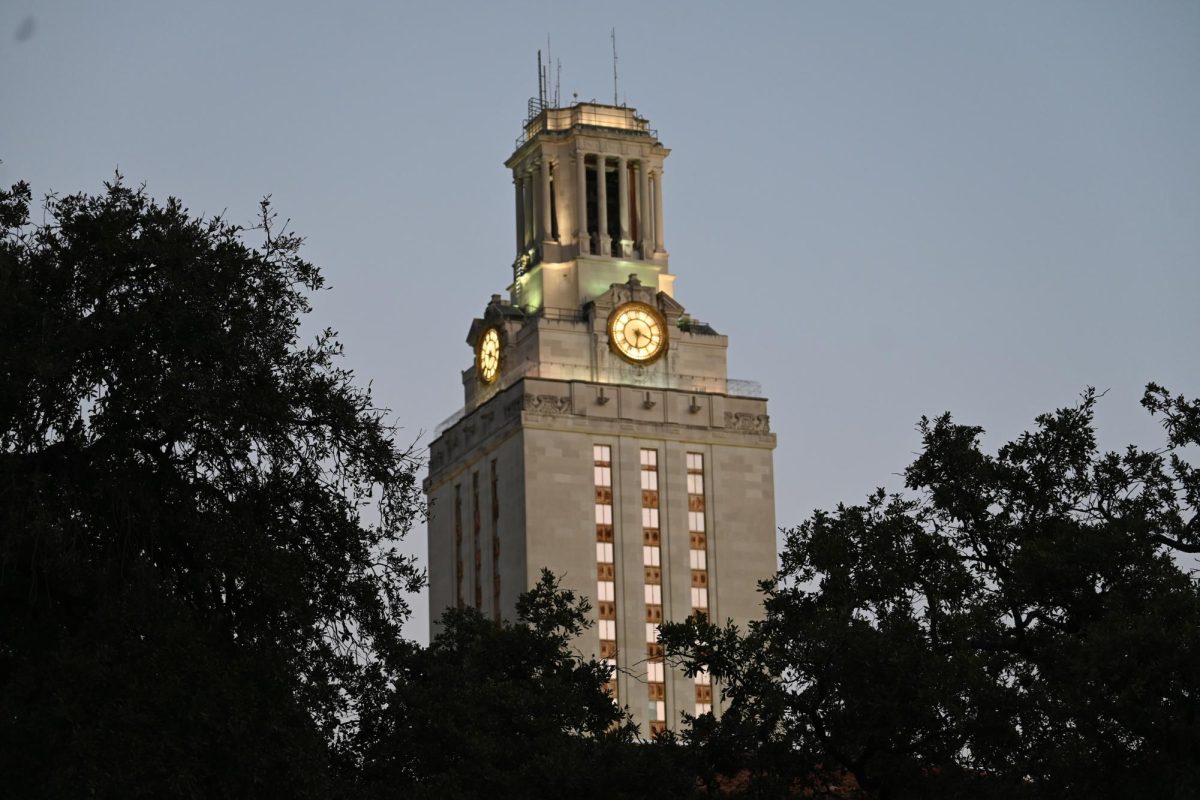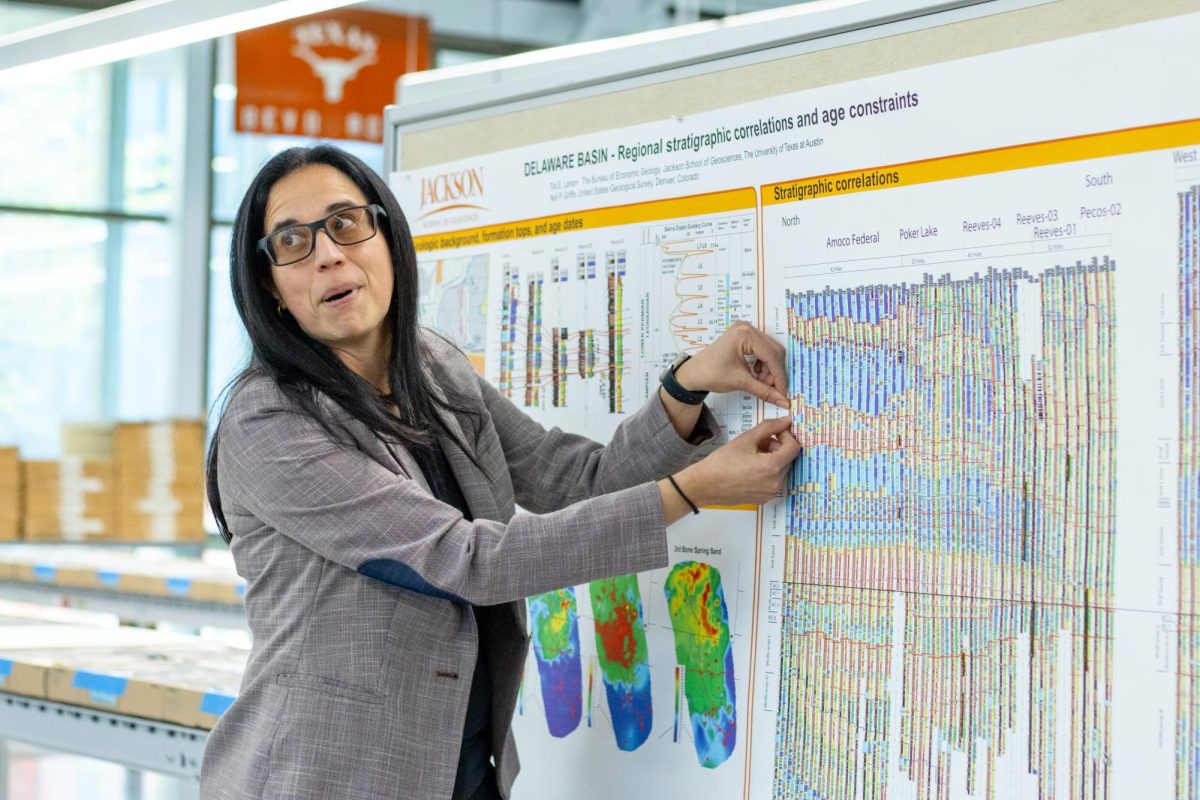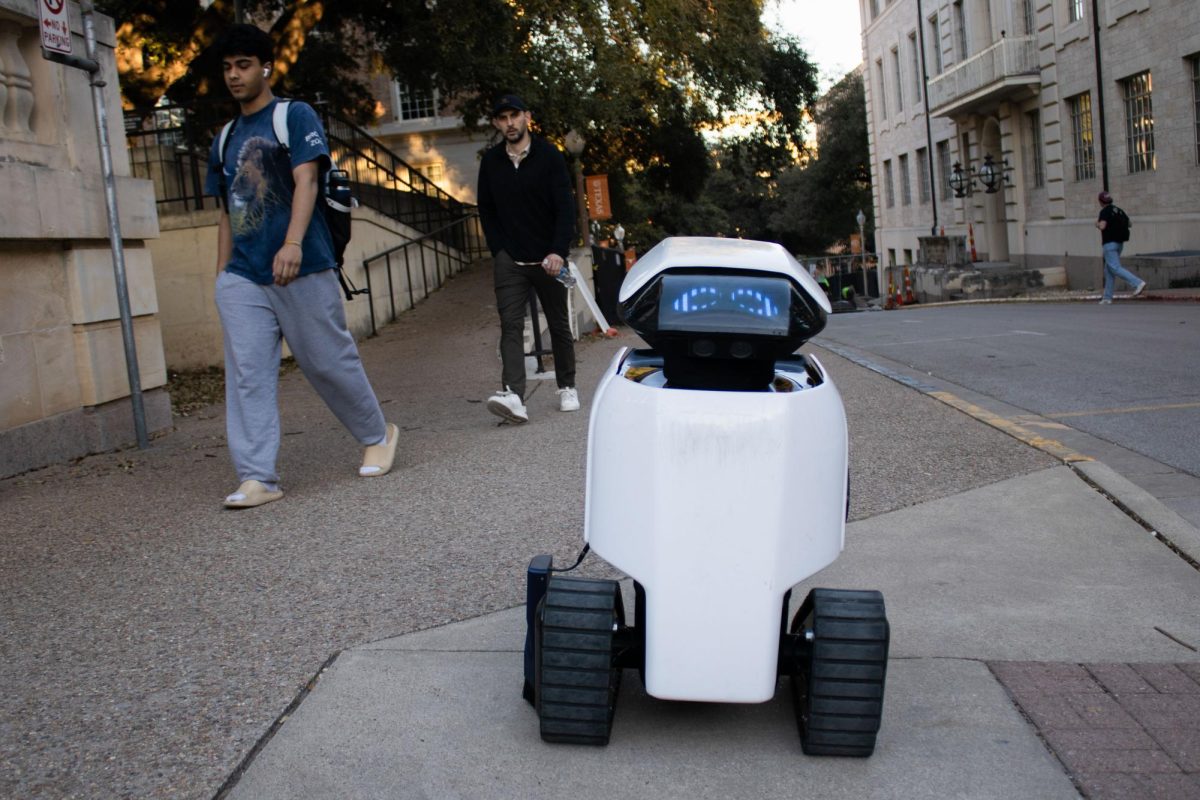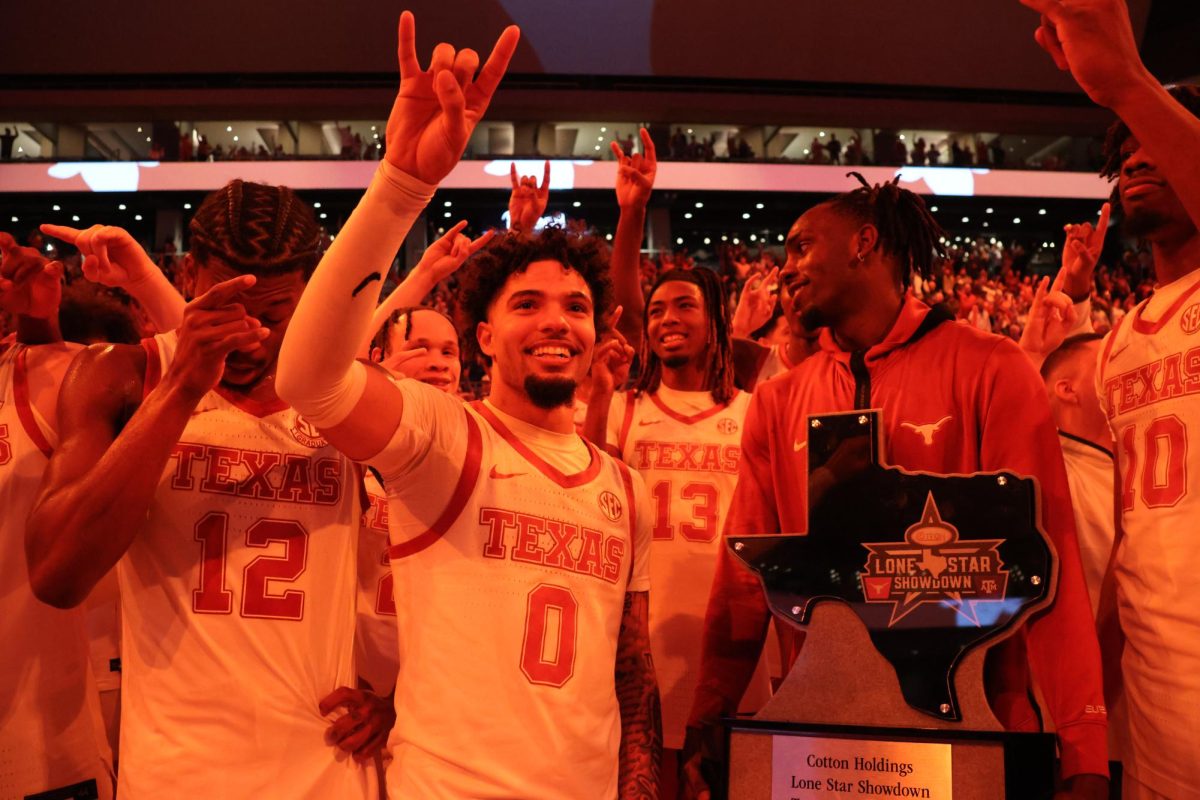City Council began the process of reforming its membership structure with a proposal at a regular meeting Thursday.
Currently, all Austin residents vote for each of the six at-large council members and the mayor. The City Council is working to put together a proposal for a hybrid single-member district system in the Austin.
If the proposal passes, the council will consist of six district-specific representatives, while two council members and the mayor will still be elected at large, said Matt Curtis, a spokesman for the mayor.
“If you truly believe in democratic representation, it’s best to have your representative as close to the people they’re representing as possible,” he said. “This allows community members from different parts of town to have someone who represents their interest as well as citywide elected representatives who will represent the entire community.”
The proposal would give voters a go-to council member for issues such as problems with trash pickup or a problematic street corner, Curtis said. Community members with different interests will have their own council member, he said.
The city expects constituents to vote on single-member districts in November 2012, although a date has not been finalized, he said.
“It’s important to the mayor that this is a decision made by the community,” he said. “We want the community to be able to vote on it while we’re putting this proposal together.”
The first three districts will be determined by ethnic demographics and will most likely establish two primarily Hispanic districts and one primarily black district, said City of Austin demographer Ryan Robinson. The next three districts will be based on communities of interest, he said.
“My guess is that campus would probably be in the middle of a central Austin district,” Robinson said. “Pretty much all past maps had campus right in the middle of a district. You wouldn’t want a set of districts that split UT into two pieces.”
The districts will be based on 2010 census data, Robinson said.
Increasing voter turnout and creating a hybrid system with single-member districts are the two goals of the proposal, said campaign consultant Mark Littlefield. Voter turnout has been steadily dropping over the past decade — the number of Austin voters has dropped from 200,000 to 88,000, he said.
“If you were Doctor Evil from an Austin Powers movie and you were trying to divide the council for a lower voter turnout, I’m not even sure he could disenfranchise as many voters as we have in Austin, Texas,” he said.
Austin is one of the largest cities that continues to elect all of its council members at large, Littlefield said. If this proposal passes, the city will likely make changes after two or four years to increase the number of districts or move to a fully single-member district system, he said.
“Nothing’s been written in stone,” he said. “Nothing’s been written in ballot language. I would much rather do something that people would have confidence in first and then tweak it.”


